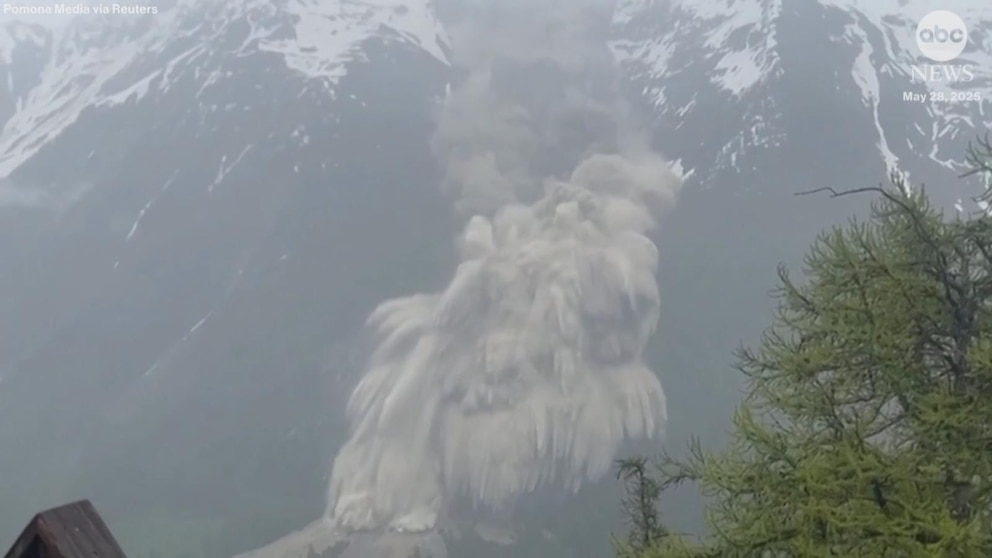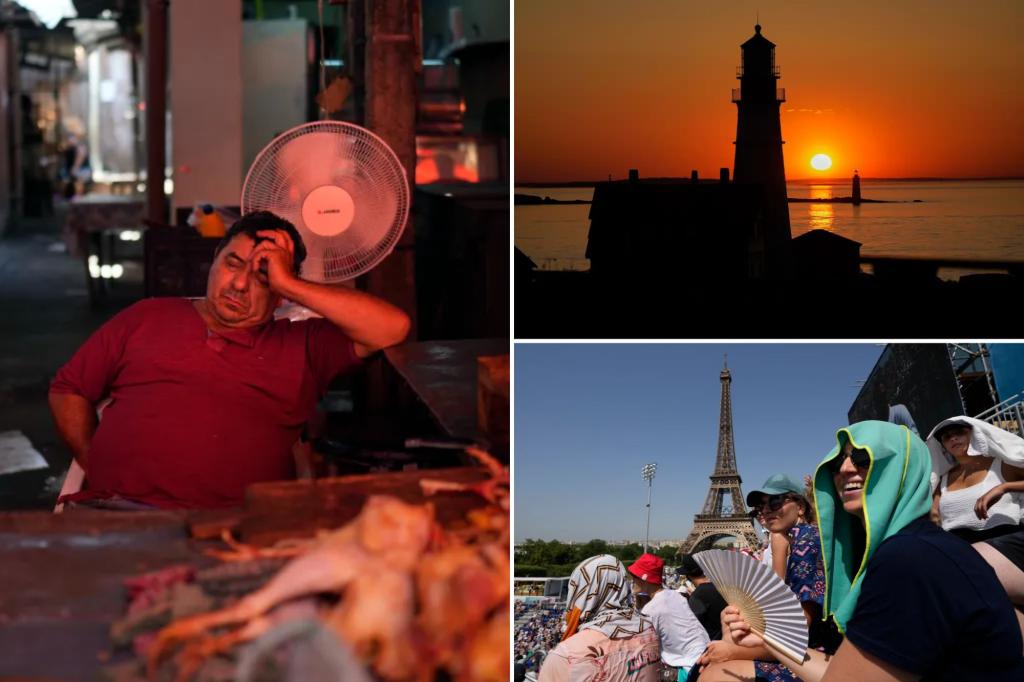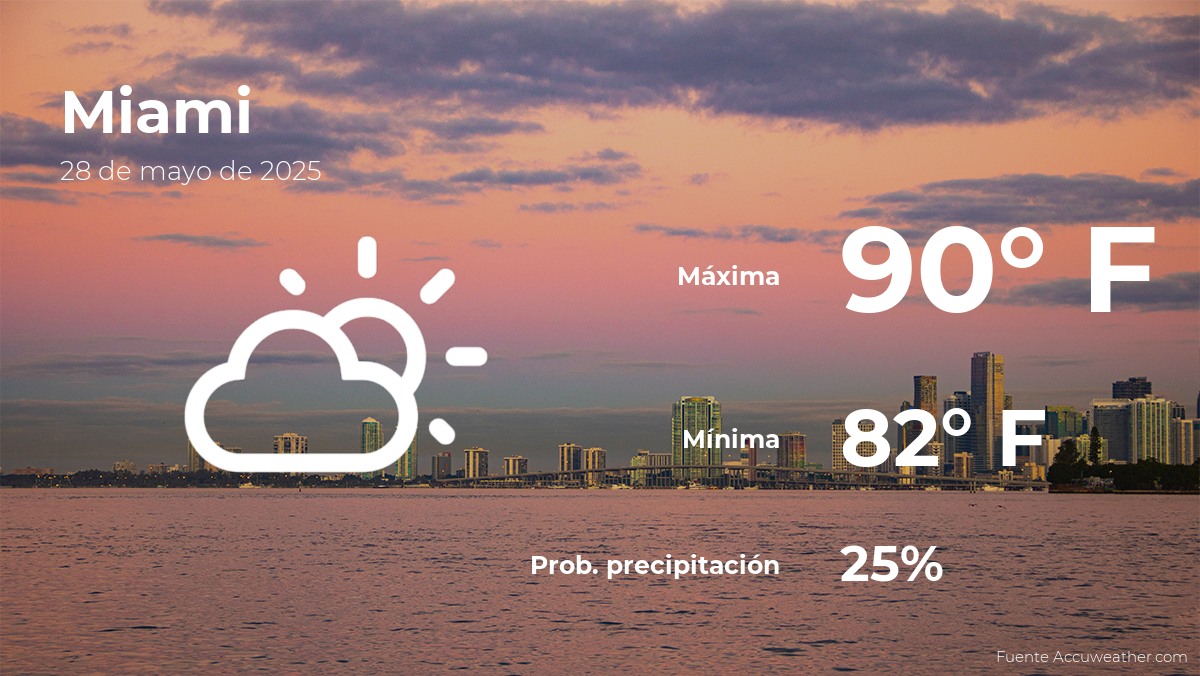When Nature Strikes: A Swiss Glacier’s Devastating Impact on a Mountain Village
In a shocking demonstration of nature’s ferocity, a glacier in Switzerland has collapsed, burying the quaint mountain village of [Village Name]. This catastrophic event has sparked urgent discussions about the implications of climate change on natural disasters and the vulnerabilities faced by communities situated in hazardous zones. As recovery operations commence, the incident serves as a critical reminder of the precarious balance between human habitation and the forces of nature.
The Incident: What Happened?
On [Exact Date], a massive section of the [Glacier Name] glacier broke away, sending a torrent of ice and debris cascading down the mountainside towards the village. The time of day, around [Time], when most residents were either at home or engaged in daily activities, exacerbated the tragedy. The sudden nature of the collapse left little time for evacuation, resulting in significant loss of life and property.
The Human Toll
Initial reports indicate that [Number] residents were killed, while over [Number] were injured. Many survivors are now grappling with the emotional and psychological fallout of the disaster. Local authorities have established temporary shelters for the displaced, but the long-term impacts on the community are yet to be fully understood.
Climate Change: A Growing Concern
Experts assert that the glacier’s collapse is a direct reflection of the accelerating effects of climate change. According to a study published in [Name of Journal], glaciers in the Swiss Alps are retreating at an unprecedented rate, with many losing over [Percentage] of their mass in the past few decades. Dr. [Expert’s Name], a climatologist at [Institution], states, “This event is a wake-up call. We can no longer ignore the consequences of our changing climate. The risk of such disasters will only increase unless we take action.”
A Historical Perspective
Historically, the Swiss Alps have been a region of beauty and tranquility, attracting tourists and residents alike. However, the recent uptick in natural disasters, including landslides, floods, and now glacier collapses, raises questions about future habitation in these vulnerable areas. The [Specific Historical Event] serves as a reminder of the ongoing risks, but the frequency and severity of events like the recent glacier collapse are unprecedented.
The Recovery Efforts
As recovery efforts begin, the immediate focus is on rescuing any remaining individuals trapped under the debris and providing support to survivors. Local and national authorities have mobilized resources, including rescue teams, medical personnel, and psychological support services. The Swiss government has also pledged financial assistance to help rebuild the village and support the affected families.
Community Resilience
The resilience of the community is being tested, but local leaders, including [Local Leader’s Name], have expressed determination to rebuild. “We will not be defeated by this disaster,” they stated at a press conference. Community meetings are being held to discuss next steps and how to incorporate disaster preparedness into future planning.
Future Implications
This disaster raises critical questions about the sustainability of mountain communities in an era where climate change is becoming increasingly severe. As scientists predict more frequent and intense weather events, the need for proactive measures—such as monitoring glacier stability and improving infrastructure resilience—has never been more pressing.
Policy Recommendations
- Implement Monitoring Systems: Develop comprehensive monitoring systems for glaciers and at-risk communities to provide early warnings.
- Enhance Infrastructure: Invest in resilient infrastructure that can withstand natural disasters.
- Community Education: Increase public awareness of climate risks and disaster preparedness through community-wide educational programs.
Conclusion: A Call to Action
The tragic collapse of the [Glacier Name] glacier serves as a stark reminder of the fragility of our environment and the urgent need for action against climate change. As the village of [Village Name] begins to heal, it is crucial that we learn from this incident to prevent future disasters. Policymakers, scientists, and communities must work together to create a safer and more sustainable future.
Join the conversation on climate action and support initiatives aimed at protecting vulnerable communities. Visit [Website or Organization] to find out how you can help.
See more Your Daily Weather


